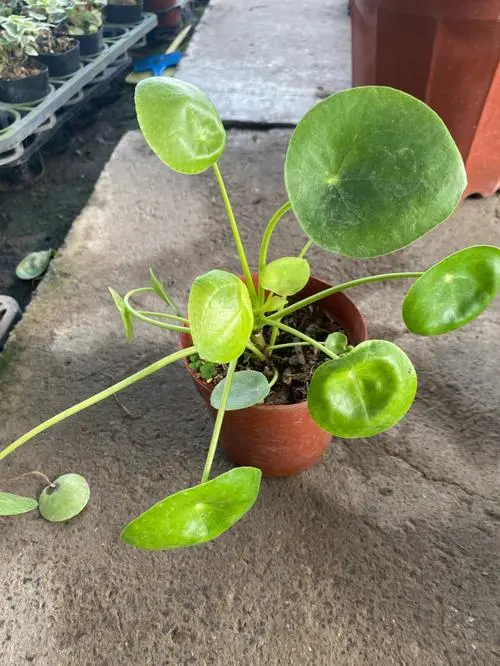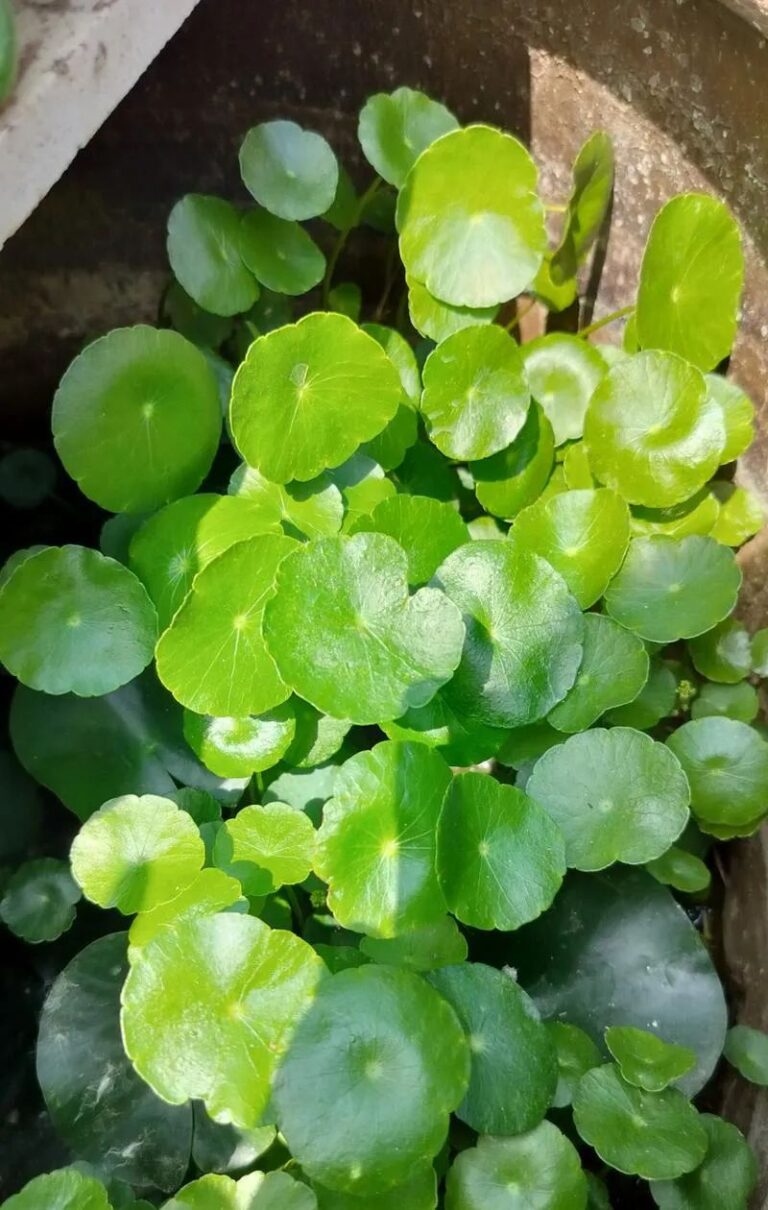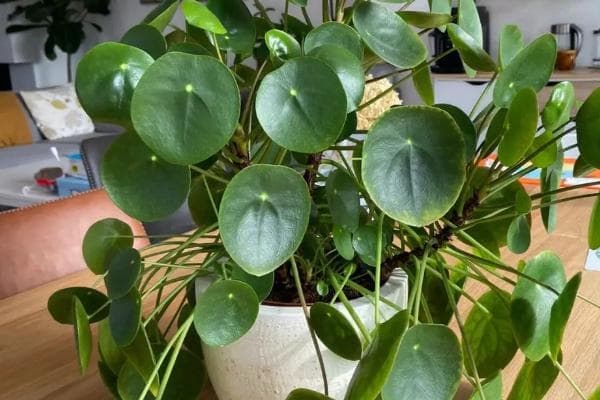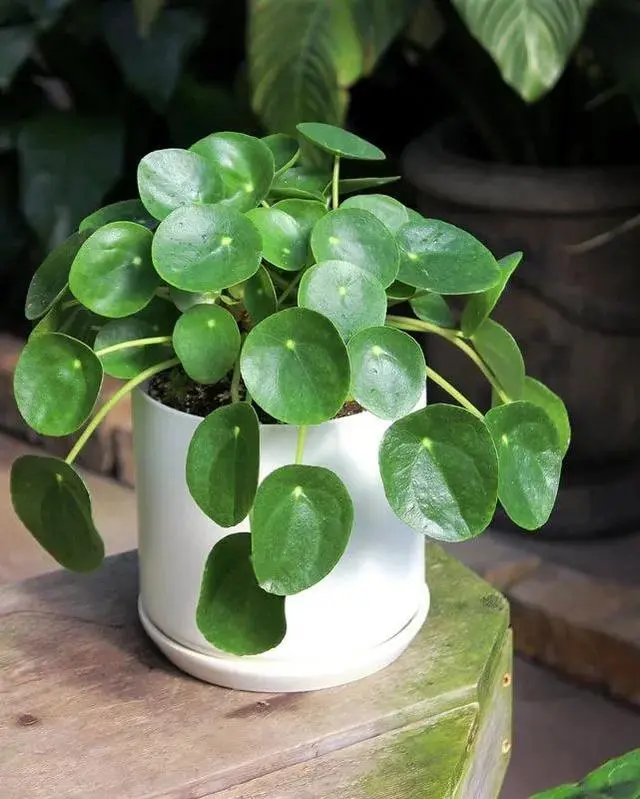Pilea Peperomioides Humidity Care: The Complete Guide for Chinese Money Plants
Why Your Pilea Peperomioides Needs Proper Humidity
Native to the humid Yunnan province of China, the charming Pilea peperomioides (commonly called Chinese Money Plant or Pancake Plant) thrives when humidity levels mimic its natural habitat. While adaptable to average homes, incorrect humidity causes:
- Brown crispy leaf edges
- Premature leaf drop
- Stunted growth
- Leaf curling
Ideal Humidity Range for Pilea Plants
The sweet spot for Pilea humidity is 50-60%. These levels prevent moisture stress while avoiding fungal issues. Use a digital hygrometer (under $15 on Amazon) to monitor your environment.
Seasonal Adjustments:
- Winter: Combat dry air from heating by increasing humidity
- Summer: Air conditioning can dry air – monitor levels
- Spring/Fall: Natural humidity often sufficient
5 Ways to Increase Humidity for Chinese Money Plants
1. Humidifiers (Most Effective)
Place a cool-mist humidifier within 3 feet of your Pilea. Pro Tip: Choose ultrasonic models (quieter) and fill with distilled water to prevent mineral dust.
2. Pebble Tray Hack
Create a simple humidity tray:
- Fill a shallow tray with pebbles
- Add water until halfway up stones
- Place pot on top (never submerged)
3. Strategic Plant Grouping
Cluster your Pilea with other humidity-loving plants like Calatheas or Ferns. Their collective transpiration raises local humidity by 10-15%.
4. Bathroom Oasis
If your bathroom receives bright, indirect light (north or east-facing windows work best), it makes an ideal high-humidity location. Just ensure proper ventilation to prevent mold.
5. Smart Misting Technique
While controversial among plant parents, light morning misting can help when done correctly:
- Use filtered water to prevent leaf spots
- Mist from 12 inches away
- Only until beads form (never dripping)
- Allow leaves to dry before nightfall
Troubleshooting Humidity Problems
| Symptom | Likely Cause | Solution |
|---|---|---|
| Brown crispy edges | Low humidity + underwatering | Boost humidity + check soil moisture |
| Yellow lower leaves | Overwatering in high humidity | Improve drainage + reduce watering |
| Leaf curling | Extreme dry air | Move to bathroom or use humidifier |
Pilea Placement Guide: Finding the Perfect Spot
Where you place your Chinese Money Plant is crucial, as it directly affects light and humidity. Here’s a quick guide to the best and worst locations:
- Best Spot: A bright, east-facing bathroom window. This combines perfect indirect light with naturally high humidity from showers.
- Great Spot: Any room with bright, indirect light where you can use a humidifier or pebble tray (e.g., a living room or bedroom away from vents).
- Poor Spot: Next to heating/AC vents, in drafty hallways, or in dark, humid rooms without adequate light (which can lead to root rot).
Advanced Care Tips
- Acclimate gradually: When increasing humidity, do so over 7-10 days to prevent shock
- Air circulation: Use a small fan to prevent stagnant air (set to low, not directly on plant)
- Winter care: Move plants away from radiators and cold drafts
Maintaining proper Pilea peperomioides humidity is simpler than many plant parents fear. By implementing just one or two of these methods (we recommend starting with a pebble tray or plant grouping), your Chinese Money Plant will reward you with vigorous growth and those iconic perfect pancake leaves.
Pilea Humidity FAQs
Q: Do Chinese money plants like high humidity?
A: Yes, they prefer it. Native to a humid climate, Pilea peperomioides thrives in 50-60% humidity. While they can adapt to average household humidity (around 40%), levels consistently below that will likely cause brown, crispy leaf edges and other stress signs.
Q: Can I put my Chinese Money Plant in the bathroom?
A: Absolutely, but with one major caveat: light. Bathrooms are often excellent for humidity. However, your Pilea still requires bright, indirect light to thrive. A north or east-facing bathroom window is an ideal location. A dark bathroom with no natural light will do more harm than good.
Q: Do Chinese money plants like to be misted?
A: This is a common point of debate. Light, occasional misting with filtered water is acceptable and can provide a temporary humidity boost. However, it is not a substitute for more stable solutions like a humidifier or pebble tray. Over-misting or allowing water to sit on the leaves can lead to fungal diseases. If you mist, do it lightly in the morning so the leaves dry completely by evening.
Q: Where is the best place to put a Chinese Money Plant?
A: The perfect spot balances light and humidity. Place your Pilea in a location with plenty of bright, indirect sunlight (east-facing windows are ideal) and away from cold drafts or heating vents. If you can provide this in a naturally humid room like a bathroom or kitchen, that’s a major bonus. The key is to avoid direct hot sun, deep shade, and very dry air.
Q: Can Pilea survive in low humidity?
A: Yes, but not thrive. Below 40% humidity, most Pileas will survive but show stress signs. Below 30% often causes severe damage like widespread crisping and leaf drop.
Q: How often should I water with proper humidity?
A: In 50-60% humidity, water when the top 1-2 inches of soil are dry (typically every 7-10 days). Always check soil moisture first, as pot size and light affect drying time more than humidity.






